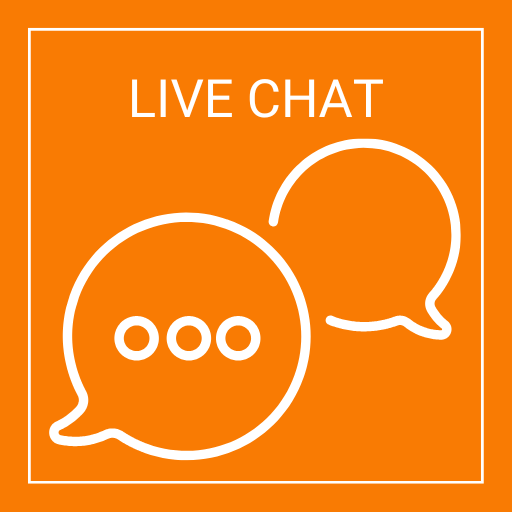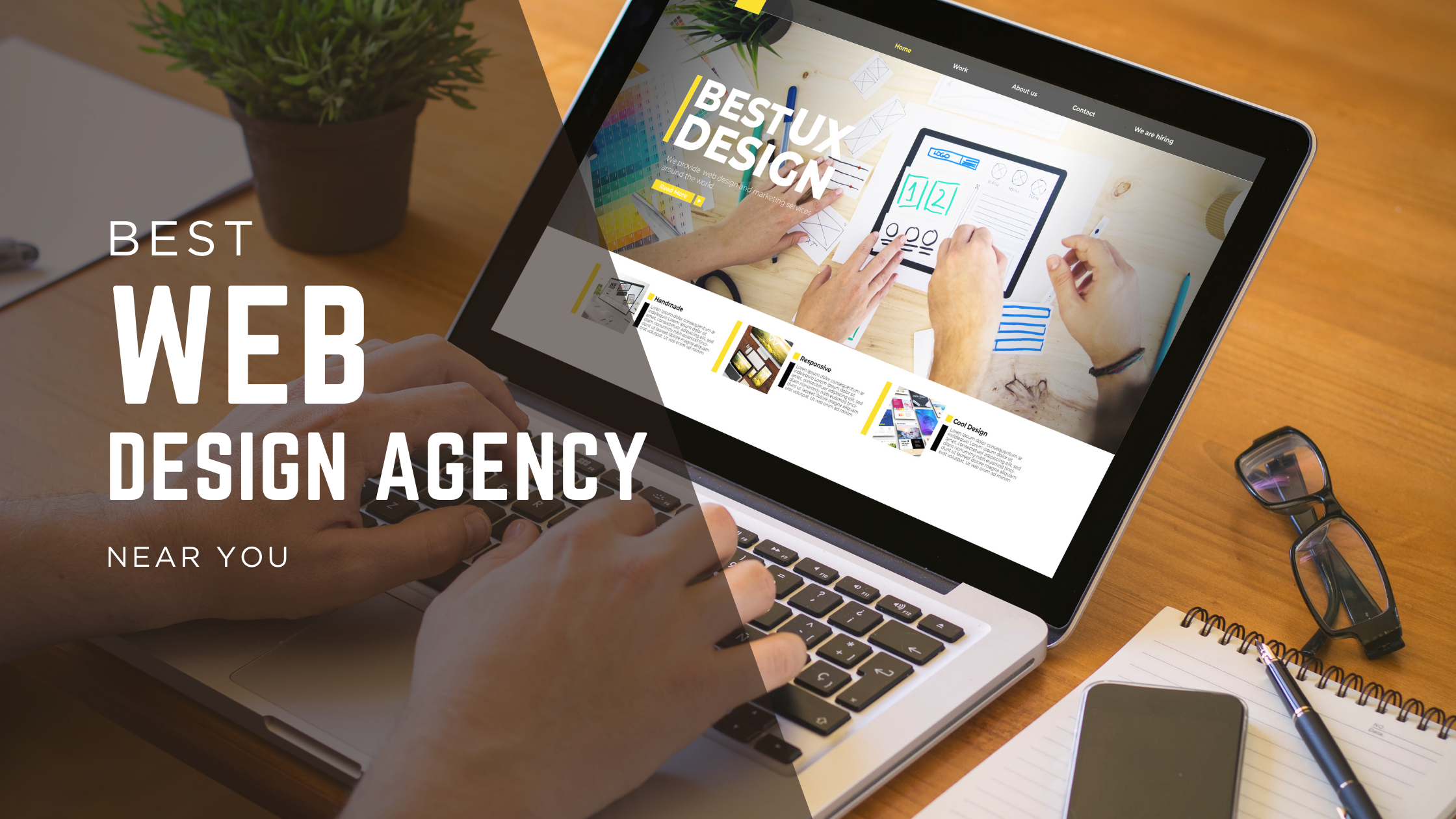Phase 1
Discovery
To ensure a successful project, our team of highly skilled Web Designers and Project Managers conducts a comprehensive discovery phase at the outset of the web design process. This crucial stage entails:
- Completing a preliminary SEO evaluation to find areas that need work and expansion opportunities
- Examining user behavior to improve user experience and guide design decisions
- Establishing a redirect policy to guarantee smooth transitions and few interruptions
- Examining analytics data to guide a mobile-first design strategy, including device statistics
- Finding the value proposition to convey the goals and advantages of the website clearly
- Developing a sitemap and structure to map the information architecture of the website
- If applicable, investigate the current website to determine its advantages, disadvantages, and potential areas of improvement
- Designing intuitive and user-friendly interfaces requires understanding the tasks that users will perform on the website
- Determining the demographics to target to customize the user experience
- Checking the content for relevant pages to make sure it is relevant and consistent
- Optimizing conversion rates and user engagement requires understanding marketing funnels and engagement metrics
Phase 2
Wireframing
We create low-fidelity wireframes for every page layout before moving on to prototyping to assess the website's structural and functional viability. This entails designing wireframes while considering the needs and path of the user for desktop, tablet, and mobile devices. By establishing a visual representation of each page and its relationships with other pages, wireframing aims to identify potential issues early on in the development process, which in turn facilitates a more efficient and cost-effective process.
Phase 3
Designing
We use the information gathered to define the visual identity and aesthetic of the website, creating a high-fidelity design prototype in Photoshop after the wireframe approval process and the discovery phase is complete. Designing the homepage first lays the groundwork for designing the subsequent sub-pages. After the designs are shared, clients can offer comments and suggest changes through the Invision platform. To guarantee that the final design satisfies the client's needs, brand identity, and personal preferences, effective communication is essential at this point. A crucial component of creating a custom website is the dedicated design process, which website builders frequently lack.
Phase 4
Development
During the development stage, we utilize the visual components from the authorized design prototype to construct a digital version of the website that is functional. We prioritize the development of the homepage, followed by the sub-pages, in a manner akin to the design process. After front-end development is finished, the back-end and Content Management System (CMS) are integrated, readying the website for content populating. To provide a seamless user experience, we implement interactive features, contact forms, e-commerce functionality, and other dynamic elements during this stage.
Phase 5
Content
We breathe life into the website during the content phase by adding pertinent data. We use Content Snare, a content aggregation tool, to help clients who are in charge of providing their content. It allows clients to upload and manage content easily and drag-and-drop media files and assets. We are also able to retrieve content from earlier iterations of the website when it is being redesigned. After this stage is finished, we send our clients a staging link so they can check the finished version of the website and request any adjustments before launch.
Phase 6
Testing and Launch
We carry out a thorough testing procedure during the quality assurance phase to make sure the website satisfies ideal performance requirements on a variety of devices and screen sizes. In addition to assessing GDPR compliance and confirming the existence of all required privacy and cookie policies, our thorough assessment includes confirming the functionality of every element of the website. The rigorous testing procedure sets the agency apart from website builders, so its lack of it should make you question the agency's value proposition. After testing is finished, the website is launched into our hosting environment or the client's, with a two-week support window following the launch to take care of any problems or necessary changes.




















































